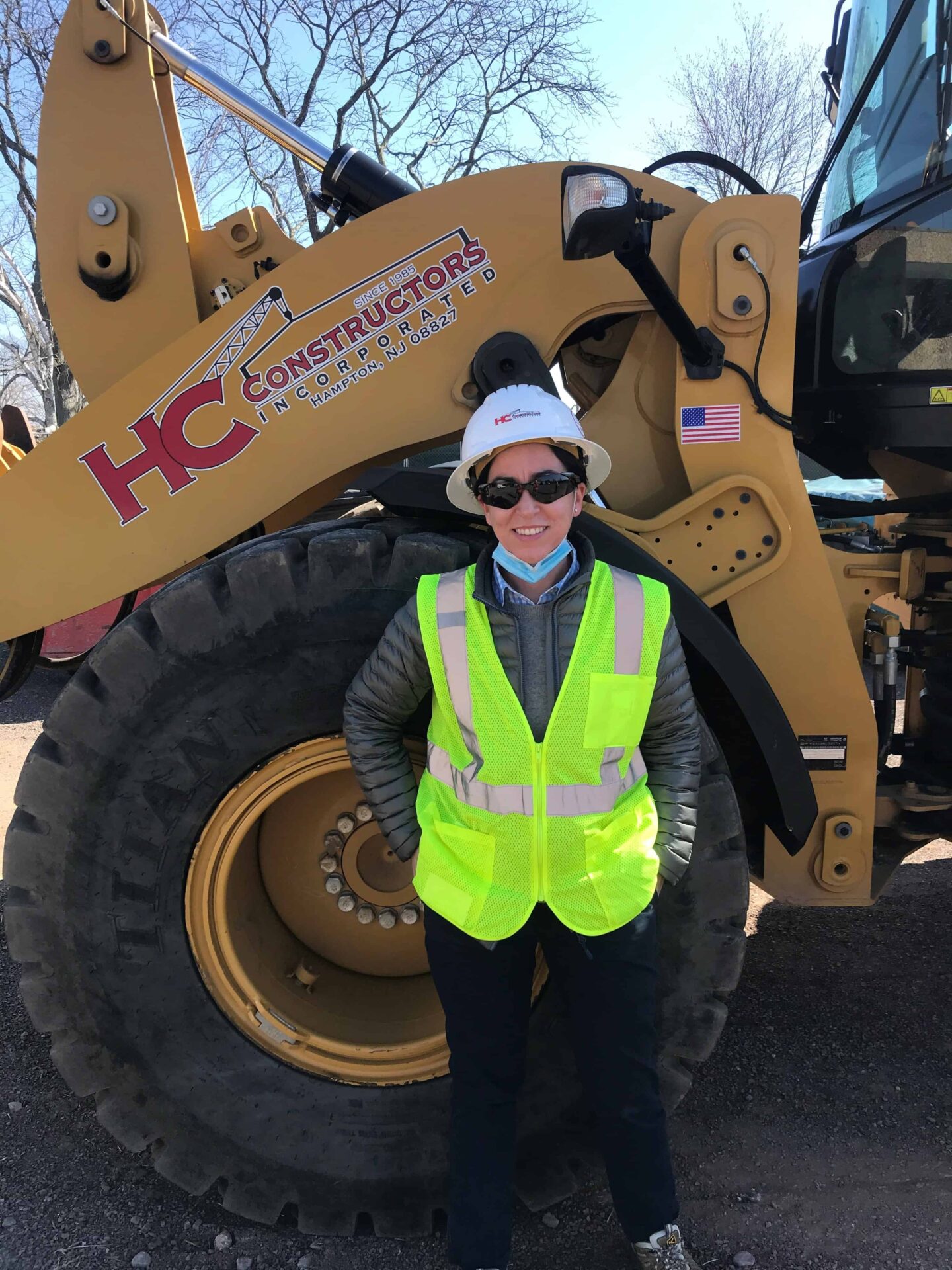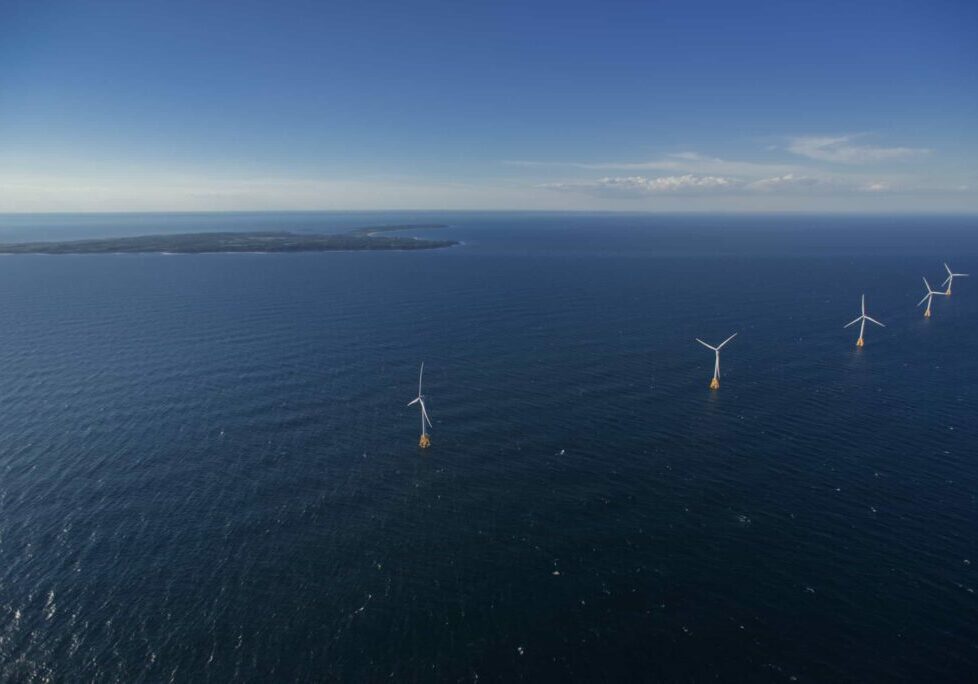By Gerald T. Keenan
“I wish my connectivity was better!”
“What’s with the water pressure in the shower today?”
“This road was new when my grandmother learned to drive, and it sure needs some work.”
“Wish I had a mass transit option near my house.”
Most of us, no matter what our age, tend not to think about infrastructure, nor about our utility services. We generally take them for granted. That is, until they are not there.
Fortunately, New Jersey is in much better standing than the residents of Texas were a few months ago.
There are nearly nine million of us today packed into just about 7,400 square miles of New Jersey. According to a 2014 study released by the New Jersey Department of Labor and Workforce Development, the population could approach nearly 10 million by 2040.
Our needs will be greater, but the energy mix we’ll depend on then will be different from what it is today. Planning for that future is now underway, and one of the missions of our organization is to tell people about it.
The utilities on which we depend every day
By the end of this decade, many of us will want to drive totally electric vehicles. And New Jersey’s car dealers will want to sell them to you. We could need significantly more electric power available than we have today.
A major contributor to New Jersey’s clean energy future will be offshore wind. Plans to develop the 1,100-megawatt Ocean Wind project off the coast of Atlantic City have begun. This summer the Board of Public Utilities is expected to give the go-ahead for construction of up to 2,400 megawatts of additional offshore wind energy. New Jersey’s goal is to develop 7,500 megawatts of offshore wind energy—enough to power 3.2 million homes—by 2035. This first phase of the project will be developed by both the Danish company Ørsted and by PSEG of New Jersey.
Yet while we are facilitating that change, we’re going to need more natural gas. That gas is going to have to come from outside of our borders and we’ll need additional capacity to ensure it gets to our homes.
New Jersey got rid of the last of its coal fired power plants several years ago, so we’re way ahead of other states in that regard and that is a good thing.
Much of New Jersey’s water infrastructure is old and sometimes failing. In fact, some of the water systems under the streets of our major cities are more than 100 years old. We’re paying the price for deferring maintenance.
Our state’s water utilities have made massive financial investments, and we’ll all benefit from that. Right now, in New Jersey, more than 55% of our water is delivered by private water utilities and the rest by government-owned entities. Many older public water systems have benefited markedly from recent upgrades.
Increasingly, “infrastructure” means adding broadband connectivity to the list. Think about how much students and workers have depended on that in this “year of the pandemic.” New Jersey is already making massive upgrades in 5G capability and already planning for 6G. As we have seen, every New Jersey student needs to have access to that connectivity; it has become a truly important education “equalizer”!
We could truly devote an entire issue of this magazine to our utility investments and energy needs.

women-owned company. Credit: HC Constructors, Inc.
The way we get around
As it is with our utilities, our transportation infrastructure also needs a boost. As I write this article in early spring, President Joe Biden has made important new federal announcements on planned upgrades to both mass transit and roads in our state. It’s important to note that our new President also gave an important federal boost to the planned New Jersey wind power projects.
Most of the interstate highways in our country and in New Jersey are relics of the 1960s and 70s; times when the grandparents of today’s students were new drivers, or commuters in their first jobs. An increase in the state gasoline tax, which was championed by the Alliance, has been put to good use in playing “catch up” to the rehabilitation of roads and bridges. Yet, more needs to be done.
Entities like NJ TRANSIT have also played “catch up” in terms of planning improvements of the systems they operate and the trains and buses we all use. NJ TRANSIT is the nation’s largest government-owned mass transit system. Across all of its modes (bus, rail, light rail, van pools, etc.) nearly 700,000 New Jerseyans depend on it every day. According to its June 2020 Five-Year Capital Plan, NJ Transit has more than $11 billion worth of capital improvement planned through 2026. This will enable it to realize its 2030 Master Plan—just about the time today’s high school students enter the job market post-college.
The federal government has to help as well. The most important transportation project in the nation right now is the Gateway Tunnel that will serve both NJ Transit commuters and the Amtrak Northeast Corridor line. That project and related improvements such as rail bridges to access it will cost upwards of $30 billion.
This article has merely scratched the surface in telling the story of what needs to be done to our state’s infrastructure to serve today’s students/tomorrow’s adults in the best manner possible. For all of us, no matter what the age, it’s going to be an exciting time to be a New Jerseyan!
And NJEA members are going to have a hand in making that happen.
Why students must care
Today’s middle school and high school students are tomorrow’s adults and energy consumers and infrastructure “customers.” Today’s 12-year-old seventh grader is the 31-year-old adult of 2040. The New Jersey that 31-year-olds will live in is estimated to have many more of us, if the 2014 New Jersey Department of Labor study proves to be accurate. We’ll also learn more later this year about what our current population is when the U.S. Census releases its data.
Apart from today’s students having readily available energy and infrastructure as adults, they’re also going to be filling the jobs that come from our infrastructure opportunities. Training for those jobs is available today through some great sources: our unions, our community colleges and vocational-technical schools and the engineering and business departments of our state’s colleges, among others.
There will be significant career options, something that every student should consider when contemplating the future.
Gerald T. Keenan is the president of the New Jersey Alliance for Action, a non-profit, non-partisan coalition of over 2,500 business, labor, professional, academic and government leaders in the state. The alliance will sponsor a workshop at the 2021 NJEA Convention. For more information about the alliance, visit allianceforaction.com. The alliance can be reached through William Healey at
whealey@allianceforaction.com.
The following sources were consulted for this article:
Population and Labor Force Projections for New Jersey: 2014 to 2034, NJ Department of Labor and Workforce Development.
PowerPoint at bit.ly/njlabor1434.
NJ Transit Adopts 2021 Operating Budget, 5-Year Capital Plan, Progressive Railroading, bit.ly/njt5year
